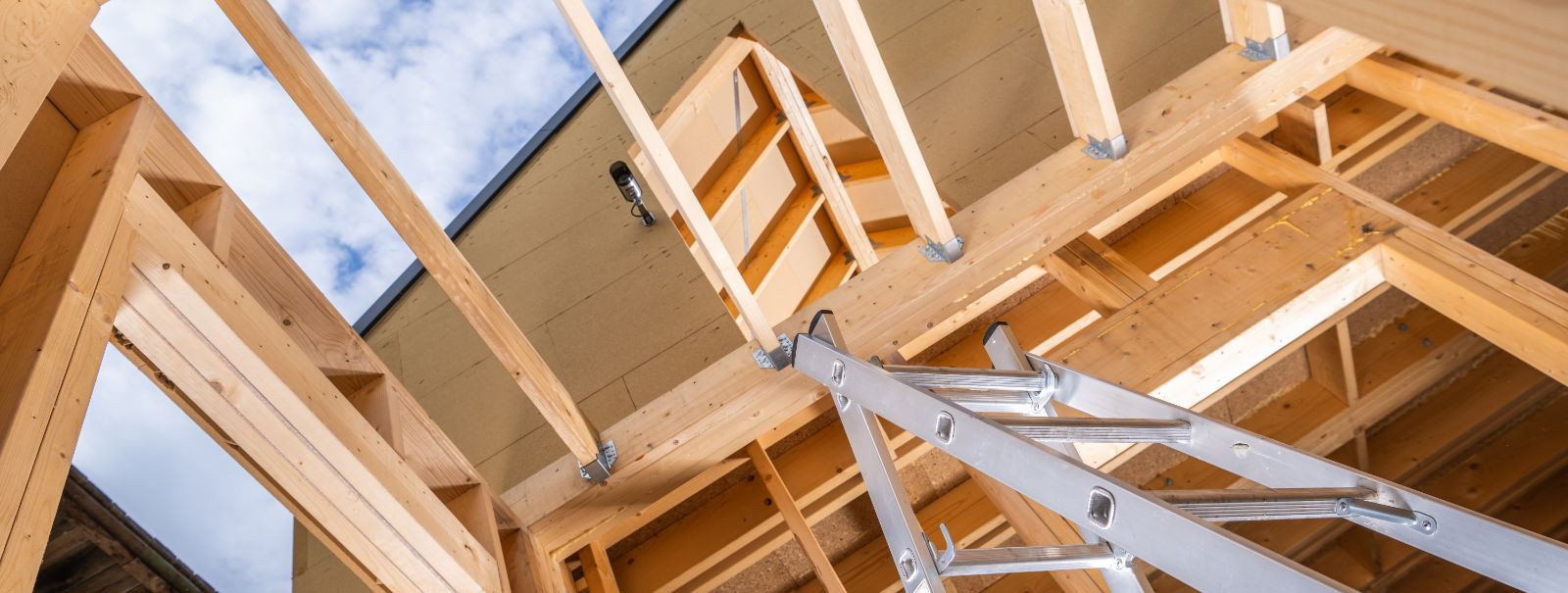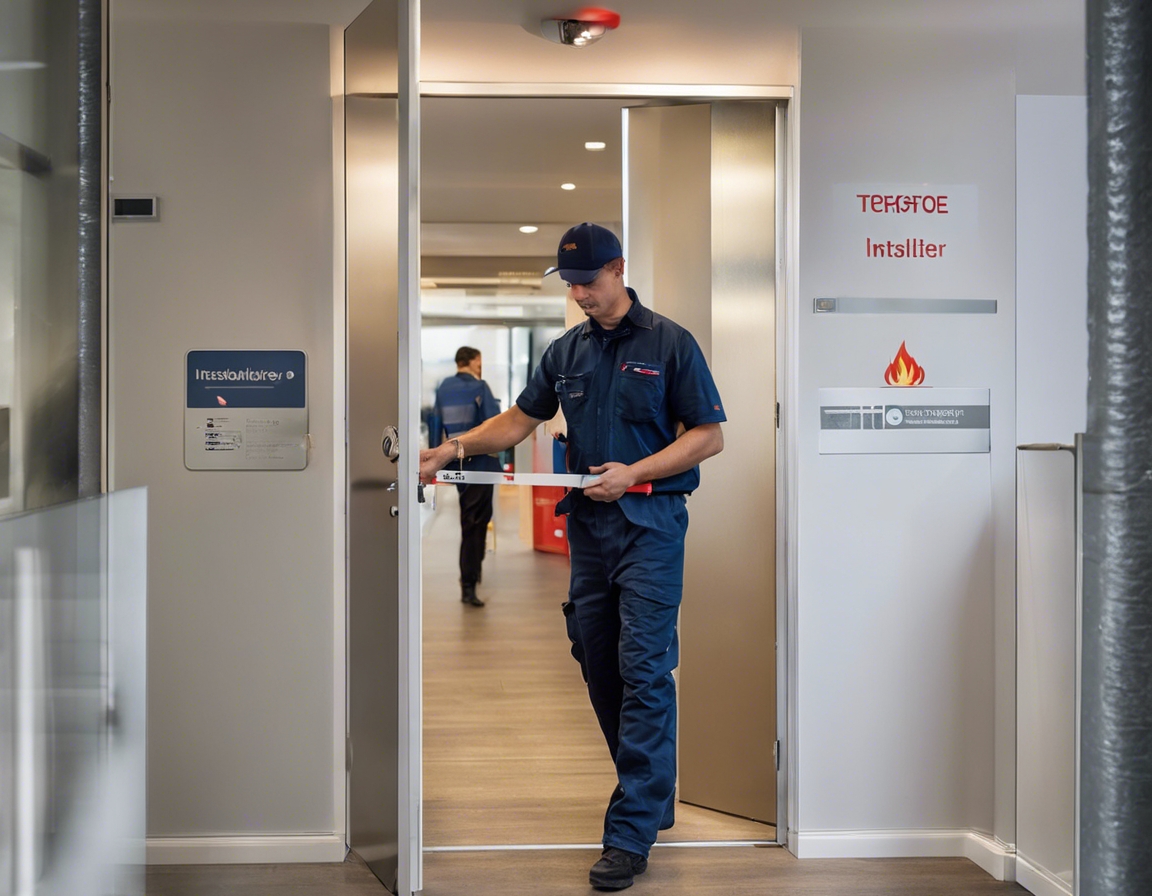5 trends shaping the future of construction
The construction industry is on the brink of a new era, with innovation and sustainability at its core. As we look to the future, several key trends are emerging that are set to reshape the way we build. In this post, we'll explore five significant trends that property developers, business owners, and homeowners should be aware of.
1. Sustainable and Green Building Practices
Energy-efficient designs and technologies are becoming a staple in construction projects. From smart HVAC systems to solar panels, the industry is focusing on reducing the carbon footprint of buildings.
Materials such as bamboo, recycled plastics, and reclaimed wood are gaining popularity. These sustainable options are not only environmentally friendly but also offer durability and aesthetic appeal.
Green certifications like LEED and BREEAM are setting the bar for sustainable construction, encouraging industry-wide adoption of eco-friendly practices.
2. Technological Advancements in Construction
BIM technology is revolutionizing project planning and management, allowing for more accurate and efficient construction processes.
Prefabrication and modular construction methods are reducing waste and construction times, while also improving quality control.
The use of drones for site surveying and robotics for tasks like bricklaying and concrete pouring is enhancing precision and safety on construction sites.
3. Focus on Safety and Health
From wearable technology to smart helmets, advanced safety equipment is becoming more prevalent to protect workers on site.
Investment in training and strict safety protocols are becoming a priority to minimize accidents and ensure compliance with regulations.
The construction industry is recognizing the importance of mental health, with initiatives aimed at supporting workers' well-being.
4. Increased Use of Data and Analytics
Predictive analytics are being used to forecast project outcomes, optimize resources, and reduce risks.
Real-time performance monitoring tools are helping managers keep projects on track and within budget.
CRM systems are improving client engagement and satisfaction by streamlining communication and project updates.
5. Labor Force Evolution
The industry is facing a skilled labor shortage, prompting a focus on training programs and apprenticeships to develop talent.
Efforts to increase diversity and inclusion are underway, aiming to create a more dynamic and innovative workforce.
The rise of remote work and flexible schedules is changing the traditional construction workforce dynamics, attracting a new generation of workers.






Comments (0)